Bringing a new puppy home is one of the most exciting moments in a dog lover’s life. However, it also comes with its challenges, especially when it comes to training.
As a proud dog parent, I’ve learned that effective training is essential not only for your puppy’s well-being but also for your sanity.
Here are some tried-and-true dog training tips that have helped me and can help you set your furry friend up for success!
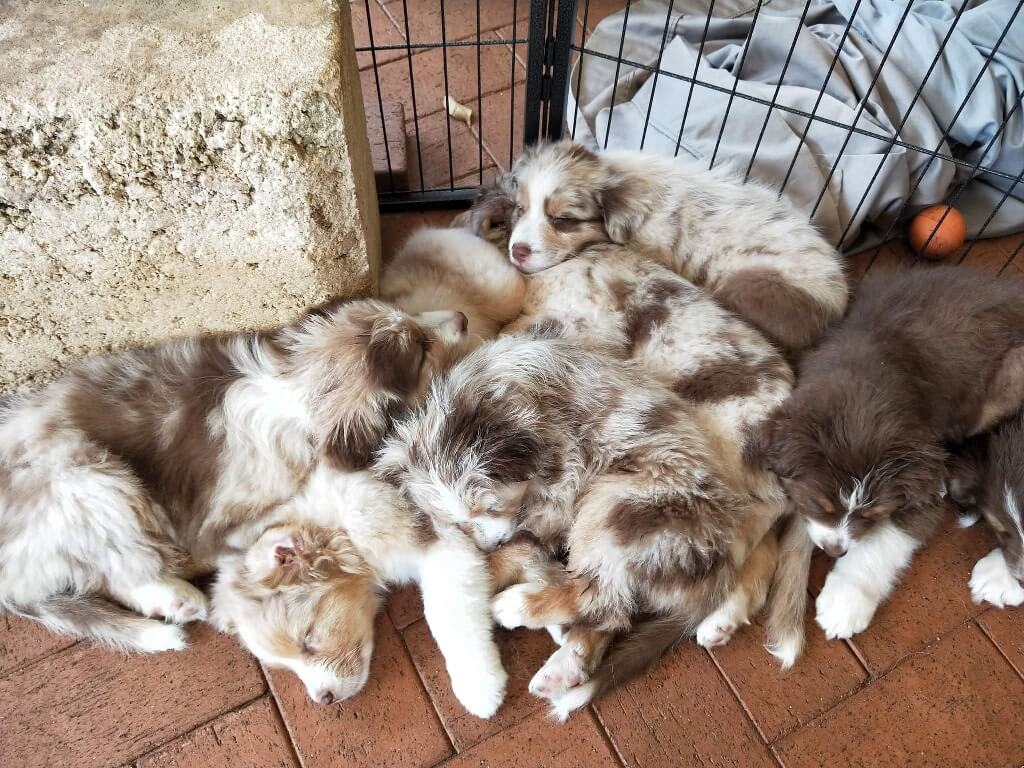
1. Start Early with Basic Commands
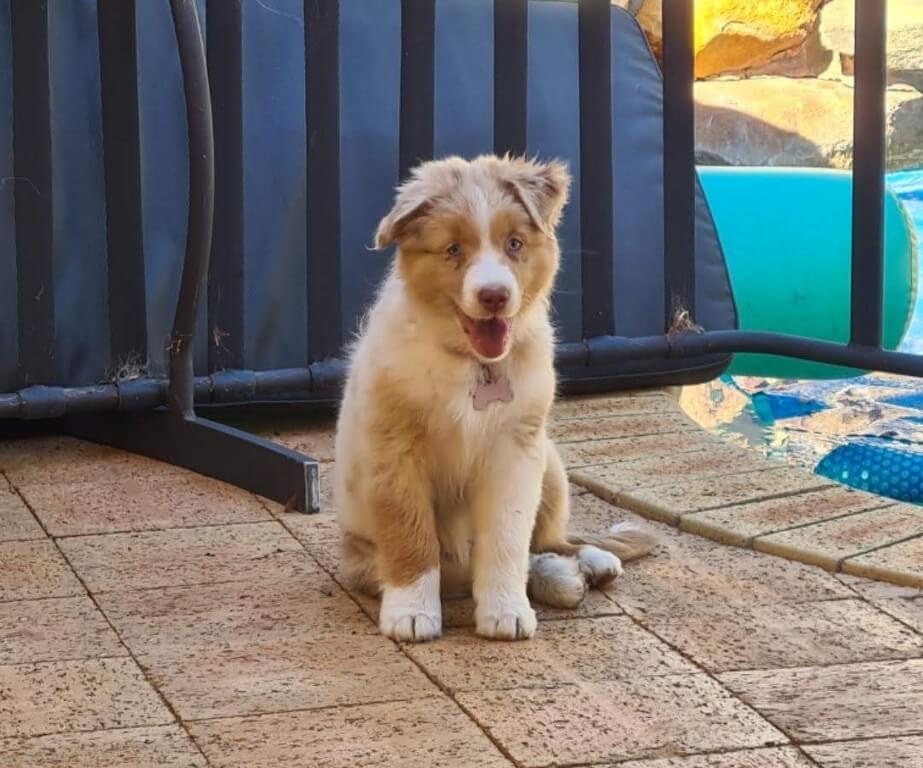
The earlier you start training your puppy, the better. Puppies are like sponges, soaking up information quickly during their formative months.
Focus on basic commands such as “sit,” “stay,” “come,” and “down.” Use positive reinforcement techniques like treats, praise, and playtime to encourage good behaviour.
Consistency is key — practice these commands daily to help your puppy understand and remember them.
Training is a learning process for both you and your pup to figure out what works best. Regular and consistent practice of the tricks and commands you want to teach also helps you learn what works best and what cues your pet responds to.
2. Potty Training: Patience is Crucial
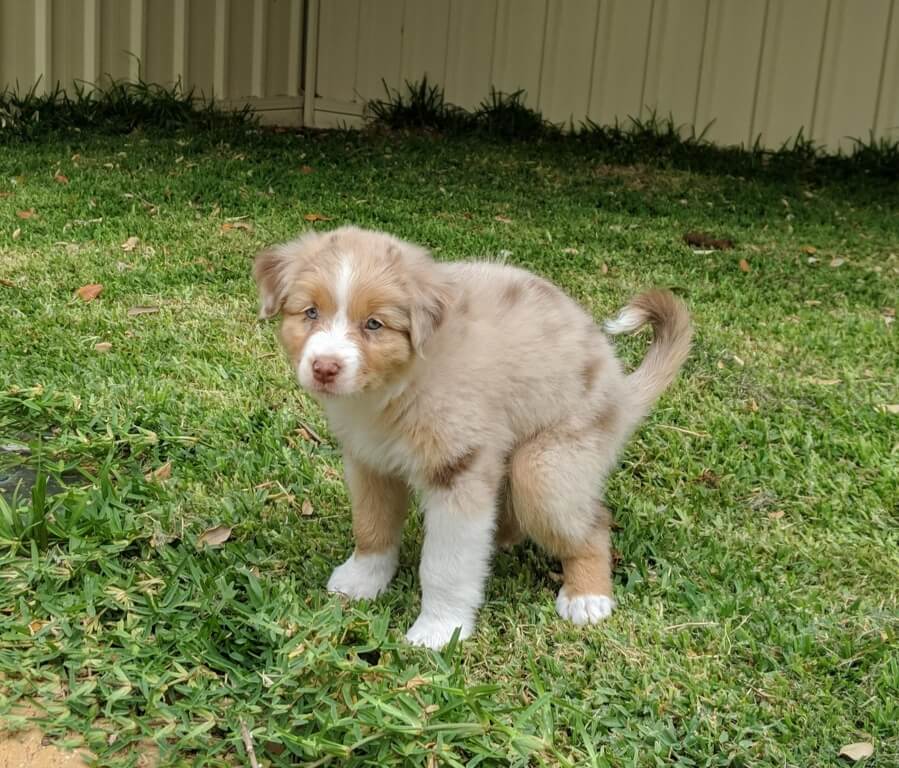
Potty training can be one of the most challenging aspects of dog training, but patience and persistence pay off. Establish a regular schedule for bathroom breaks, especially after meals, naps, and playtime.
Take your puppy to the same spot outside, and praise them immediately after they do their business. If accidents happen inside, clean the area thoroughly and avoid punishment. Instead, redirect your puppy to the correct spot next time.
House Training Tips
Watch for Signs: Look for signs that your puppy needs to go out, such as sniffing, circling, or whining.
Frequent Breaks: Take your puppy out frequently, especially during their early months.
Crate Training: Use a crate as a safe space for your puppy. Dogs naturally avoid soiling their sleeping area, which can help with house training. If you find that they are going in their crate, perhaps the sleeping space is too big for them. If they are a smaller pup in a larger crate, they may find that they can sleep in one half and use the bathroom on the other side of the crate. What worked for me to solve this was sectioning off half the crate so your pup only has the one space for sleeping.
3. Socialisation is Key
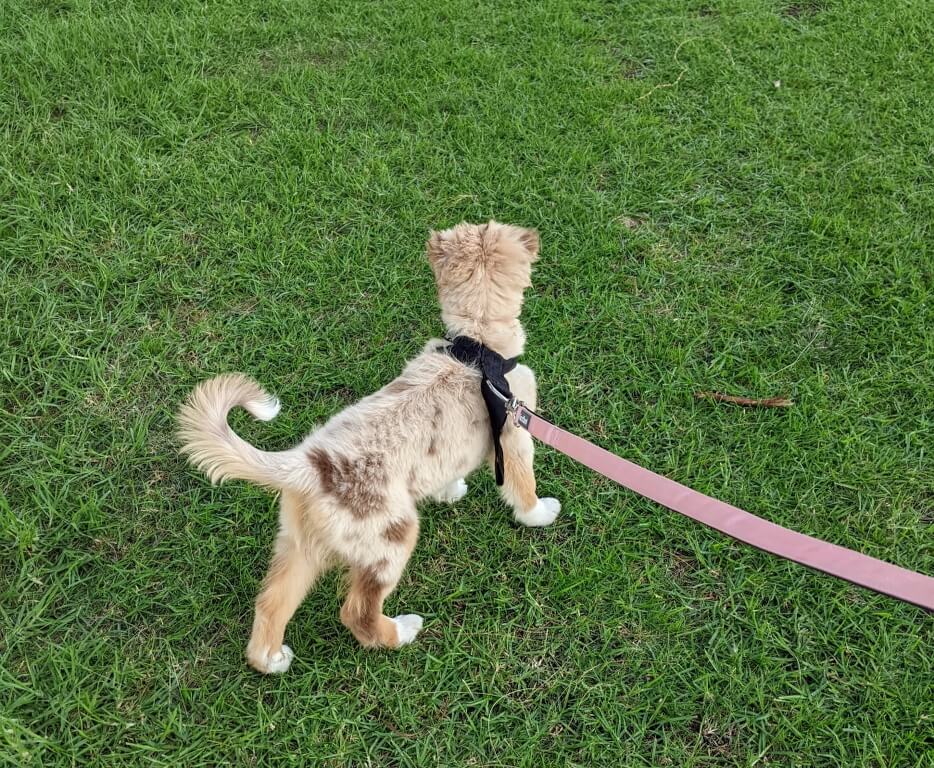
Socialisation is a critical part of your puppy’s training and development. Expose your puppy to different people, dogs, and environments to help them become well-adjusted adults.
Arrange playdates with other dogs, visit dog parks, dog-friendly beaches, or attend puppy classes to ensure your puppy learns appropriate social skills. Positive experiences during this time will set the foundation for a confident and friendly adult dog.
4. Consistent Commands and Cues
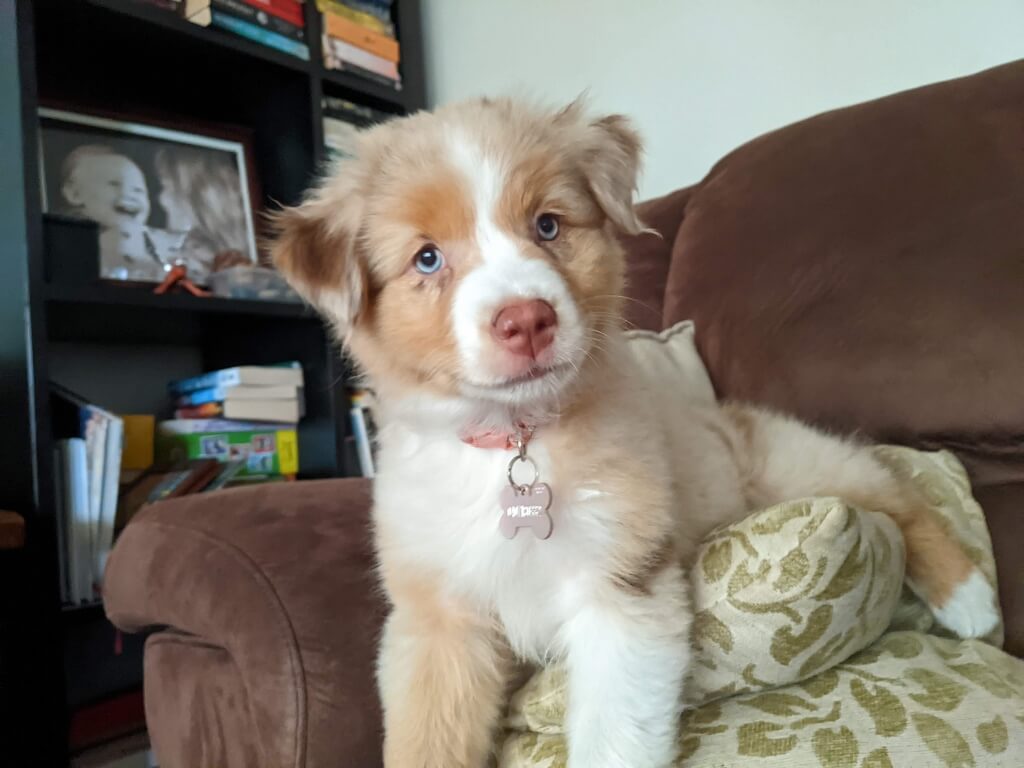
Using the same words and gestures for commands helps your puppy understand what you want from them. Choose simple, clear commands, and stick to them.
Avoid using multiple words for the same command, as this can confuse your puppy. For example, use “sit” consistently instead of alternating between “sit down” and “sit.”
5. Keep Training Sessions Short and Fun
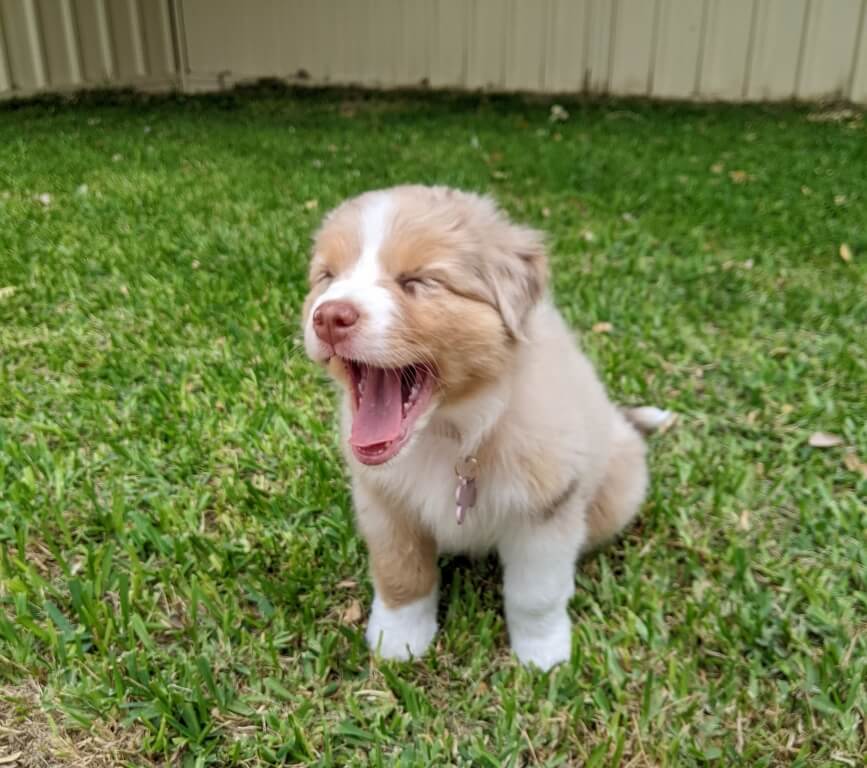
Puppies have short attention spans, so it’s essential to keep training sessions brief and engaging. Aim for 5 to 10-minute sessions several times a day. Use games, toys, and treats to make training fun.
If your puppy seems bored or frustrated, take a break and try again later. Ending on a positive note helps reinforce learning.
6. Stay Calm and Positive

Dogs can sense their owner’s emotions, so it’s crucial to remain calm and positive during training. You’re both still learning! Avoid yelling or using harsh corrections; instead, focus on rewarding good behaviour. If your puppy is struggling with a command, take a step back and simplify the training.
Patience is key — if I learned anything from training Olive, it’s that every dog learns at their own pace, so it’s important to remain forgiving and to not overload your pup too much in one training session to avoid you both getting frustrated. Sometimes the best thing you can do is take a break from the training if it’s not working, and just have some fun play time with your pup.
7. Seek Professional Help if Needed
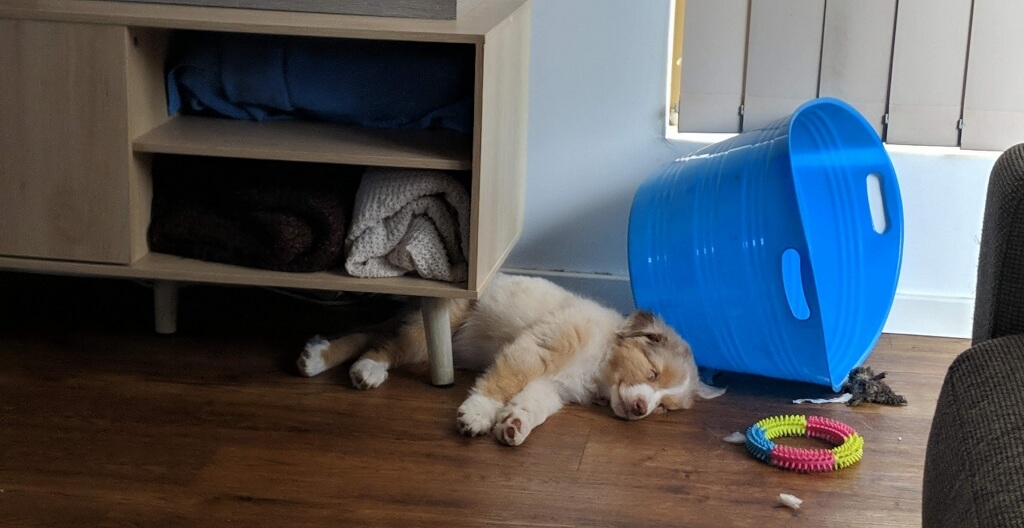
If you encounter specific behavioural issues or feel overwhelmed with training, don’t hesitate to seek help from a professional dog trainer.
A trainer can provide valuable insights and tailored strategies to address your puppy’s unique needs. They helped me to understand more how Olive ticks and the different ways I can communicate with her and understand what helps for training.
I also cannot recommend highly enough the importance of puppy classes when you’re training. Not only does this help with socialisation, but it allows you to learn with a group of other new pup owners all in the same boat. You also have an instructor with you the whole time to provide help and suggestions if something isn’t working for you and your pup.
Setting Your Puppy Up for Success
By following these dog training tips, you’ll set your puppy on the path to becoming a well-behaved companion.
Remember: No one is perfect, and training takes time and effort, but the bond you’ll build with your puppy is well worth it. So grab some treats, your puppy’s favourite toy, and get ready to embark on a fun training adventure together! Happy training! 🐾
For more tips and resources, don’t forget to check out our other articles on dog training and puppy care, or discover some of my favourite dog-friendly spots and trails to take your pup!
Like this article? You might like The Best Dog-Friendly Beaches in Perth: Your Guide to Fun in the Sun!
Recent Posts
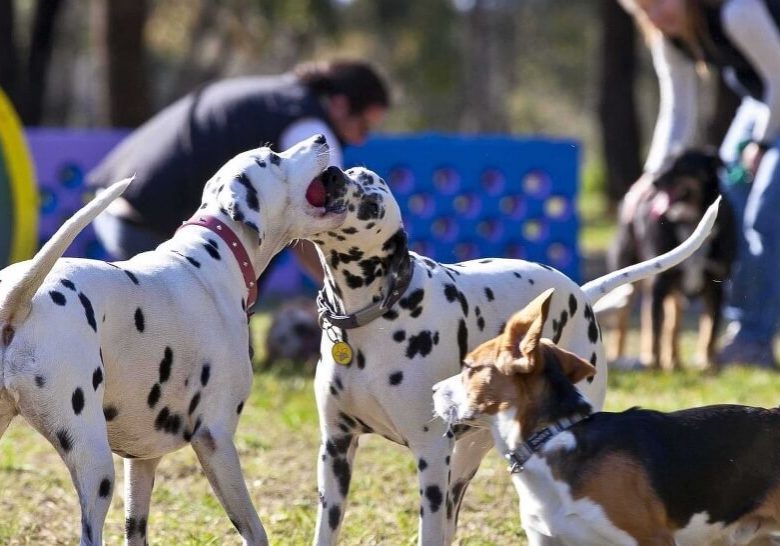
The Best Off-Leash Dog Parks Around Perth: Let Your Pup Run Wild!
If you’re a dog parent in Perth, you know how important it is to give your pup plenty of exercise, mental stimulation, and playtime. One of the best ways to do this is by visiting the best off-leash dog parks in the area. Not only do these parks provide your dog with the freedom to…

Dog-Friendly Accommodation in Perth: The Best Hotels and Stays for You and Your Pup
If you’re a dog lover planning a getaway in Perth, you’ll be happy to know that there are plenty of dog-friendly accommodations available for you and your pooch. From stylish city hotels to serene countryside retreats, Perth has it all for both you and your furry friend to enjoy a little staycation. Whether you’re seeking…
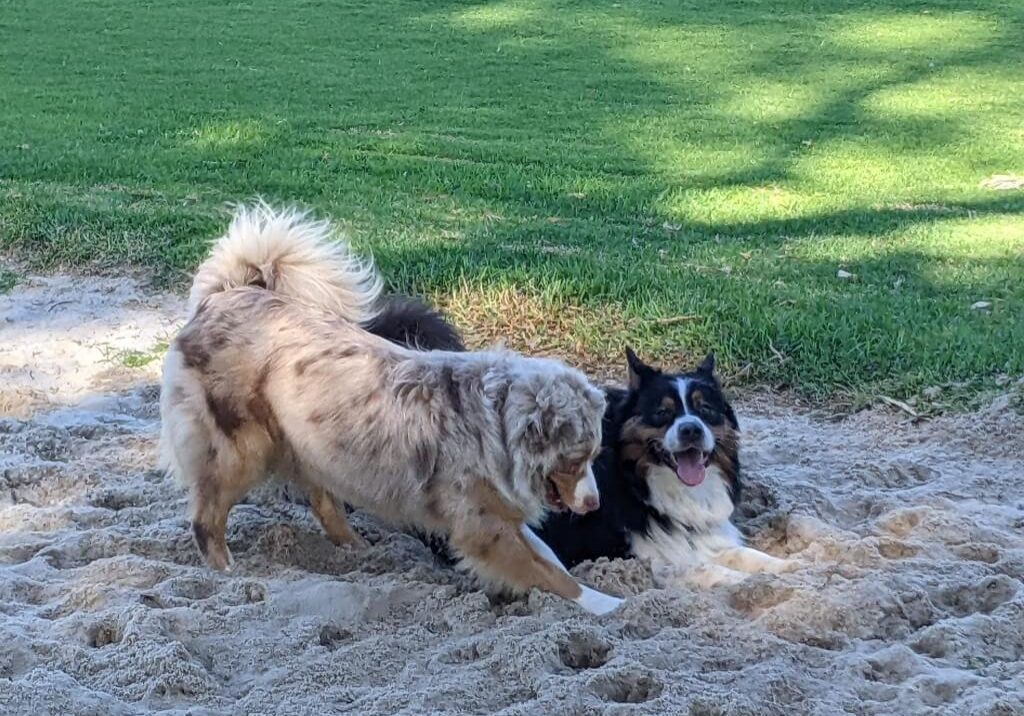
Choosing the Right Dog for Your Family: Understanding Temperaments and Characteristics
When bringing a dog into your family, it’s essential to consider not just their appearance but their temperament and characteristics. Different dog breeds have unique personalities and energy levels, making them better suited for particular families or lifestyles. Whether you’re after an active companion or a laid-back lap dog, there’s a perfect match out there…

How to Stop Your Dog Barking: Tips and Techniques for Success
If you’re a dog owner, you’ve likely faced the challenge of excessive barking. It can be frustrating, especially when it feels like nothing is working to curb your pup’s enthusiasm for making noise. As someone who’s been through this with my own dog, Olive, I understand the struggle. Olive, an incredibly bossy and attention-seeking barker,…
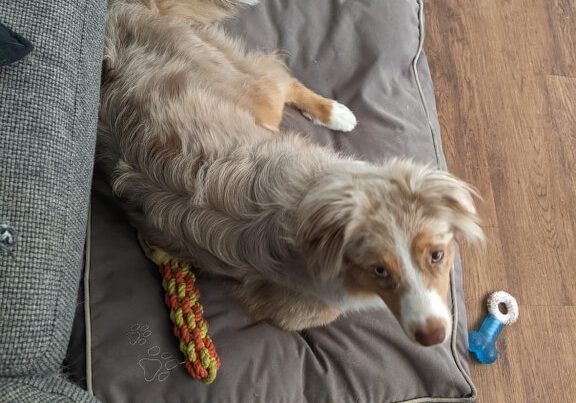
The Best Dog Accessories & Toys: My Favourite Brands You’ve Got to Try!
As a dog owner, it’s always exciting to spoil your furry friend with the latest and greatest accessories and toys. Whether you’re looking for durable toys that keep your pup entertained for hours or accessories that make life a little easier for both of you, the options are endless. Today, I’m sharing my favourite dog…
